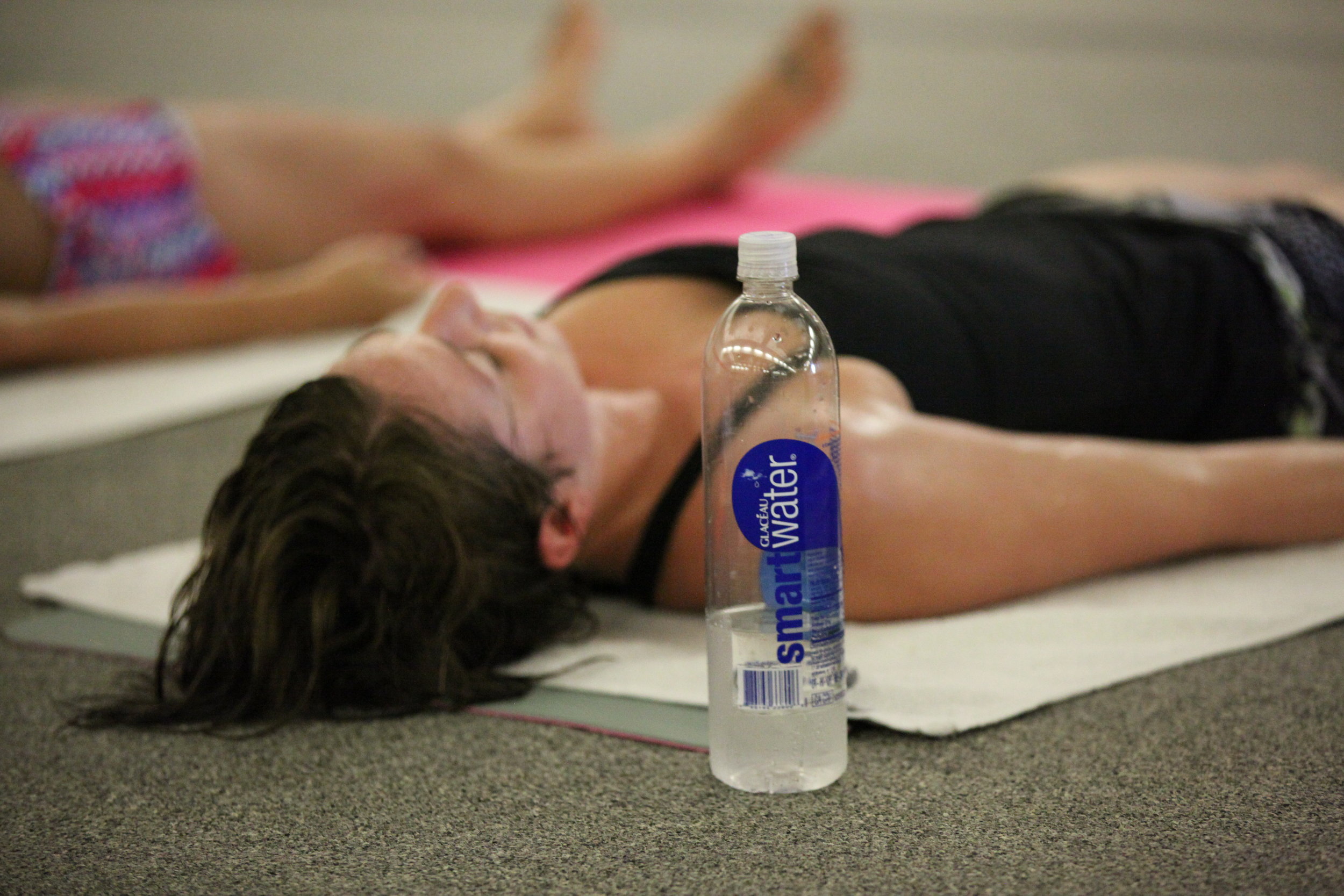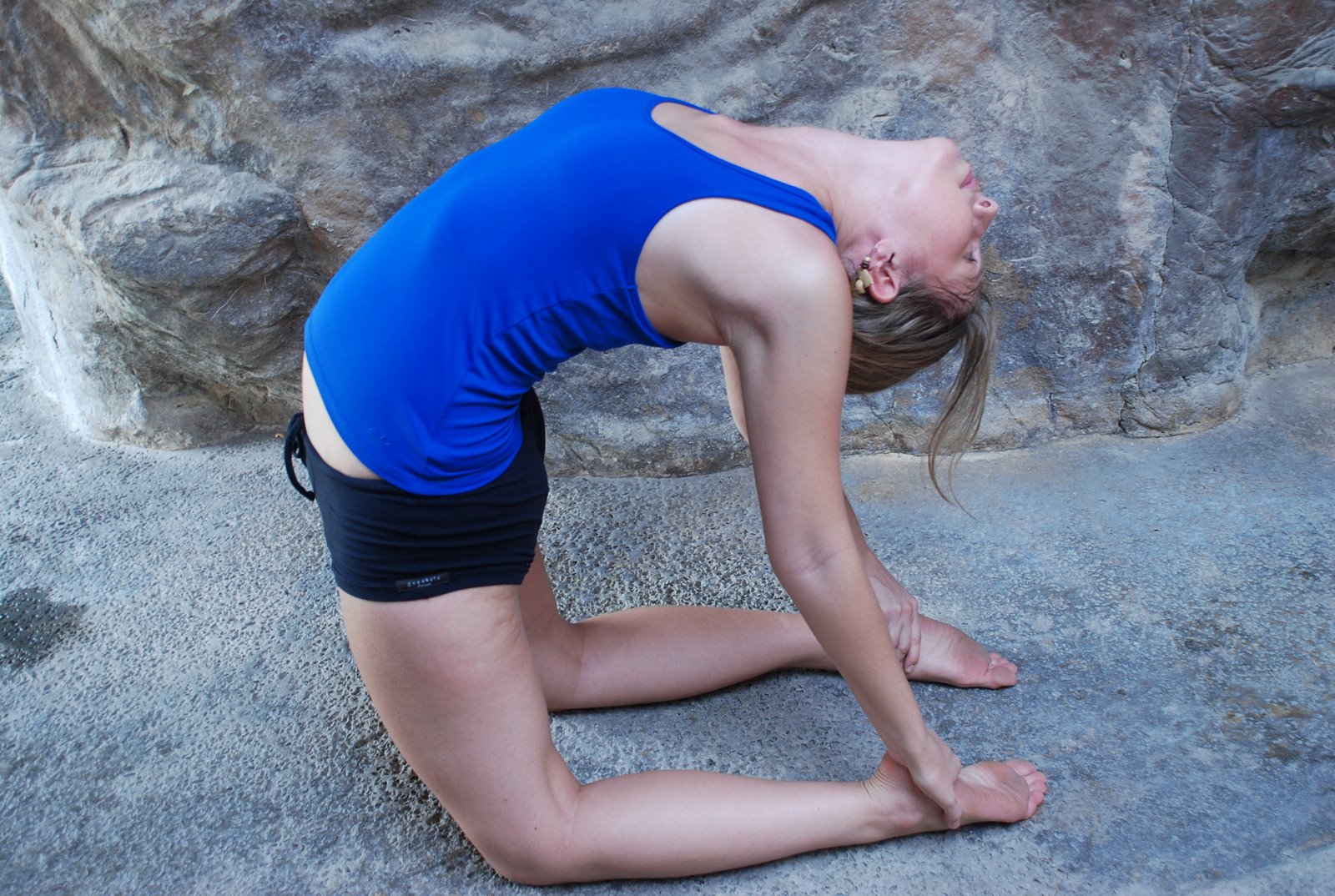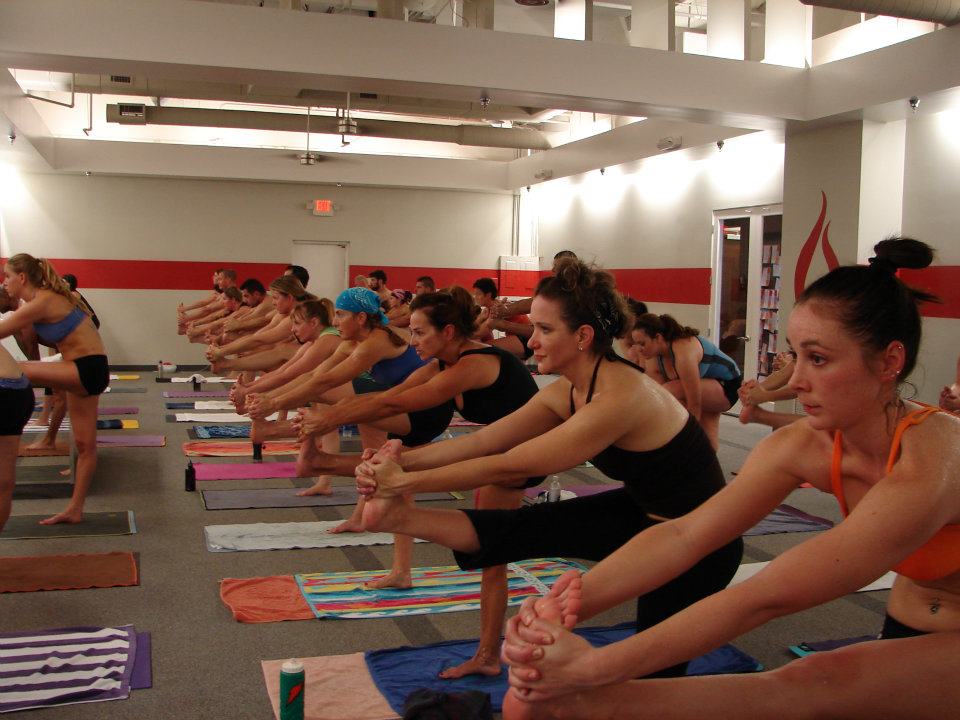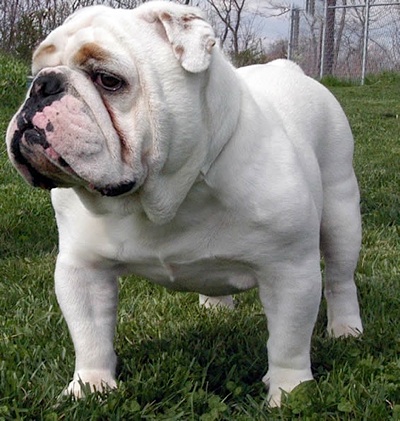 Journey through Bikram Yoga
By Karen Carnow
Journey through Bikram Yoga
By Karen Carnow
I have spent many years as a Vinyasa yogini, but due to injuries, my practice needed a change. My friend, Amy, asked me to join her at Bikram, and I did; sporting a very negative attitude. That particular class did not make me very happy. The heat was gross, people were wearing bizarre outfits, the poses were boring, I wanted to leave early. Where was the music, and the flow, and people doing cosmic headstands and arm balances? What was this? And the worst part, the instructor wanted me to look in the mirror. She must have been kidding; for I had not really looked into a mirror in years. All the yoga I had done previously, was in a very dark room, preferably with my eyes closed.
But, understanding that I needed yoga in my life, I decided to go again the next day. I hated that day even more. So hot, so uncomfortable, and no; I am not looking in the mirror. As that morning wore on, I was amazed at how good I actually felt. This could be an interesting concept; yoga without pain and competition. “Fine,” I said to myself agreeing to give Bikram one more chance.
On this third day, an epiphany hit me. I decided as I “glanced” up, that perhaps the reason I don’t want to look at myself was something very deep and very repressed. So in final Savasana, I became an “Onion" determined to peel away some of my layers, to find some inner core.
The first layer I needed to attack was my night food binges. Maybe if I curbed that, I could wake up feeling lighter and less angry. Done. Layer magically peeled.
The second layer was to change my eating habits, and to replace bad carbohydrates with good ones. Oh, snickers…how you will be missed. Layer peeling.
The third layer would be the toughest and would be a work in progress; liking myself again. Being patient with myself, and knowing that at 56 years old I am doing “pretty darn great.”
I am proud to tell you that I have been doing Bikram almost every day for 8 weeks, and I stopped my abusive food habits. The evolution has been transforming and my onion skins are really starting to peel away. I am finding self acceptance, and a desire to peel away more layers to find the core with in.
I am amazed that the teachers all guide with a scripted instruction; and how uniquely different they all are. Sometimes, I feel like a pretzel, sometimes superman, and sometimes a tin man; it's always different. Every day. Every instructor. But, I am finding, that it is all good. And that I want more. And to feel more. And to peel more.
My goal is to stand in front, wear a cute skimpy outfit, and look in the mirror. Really look. And then, I will finally be at the base of my onion.
